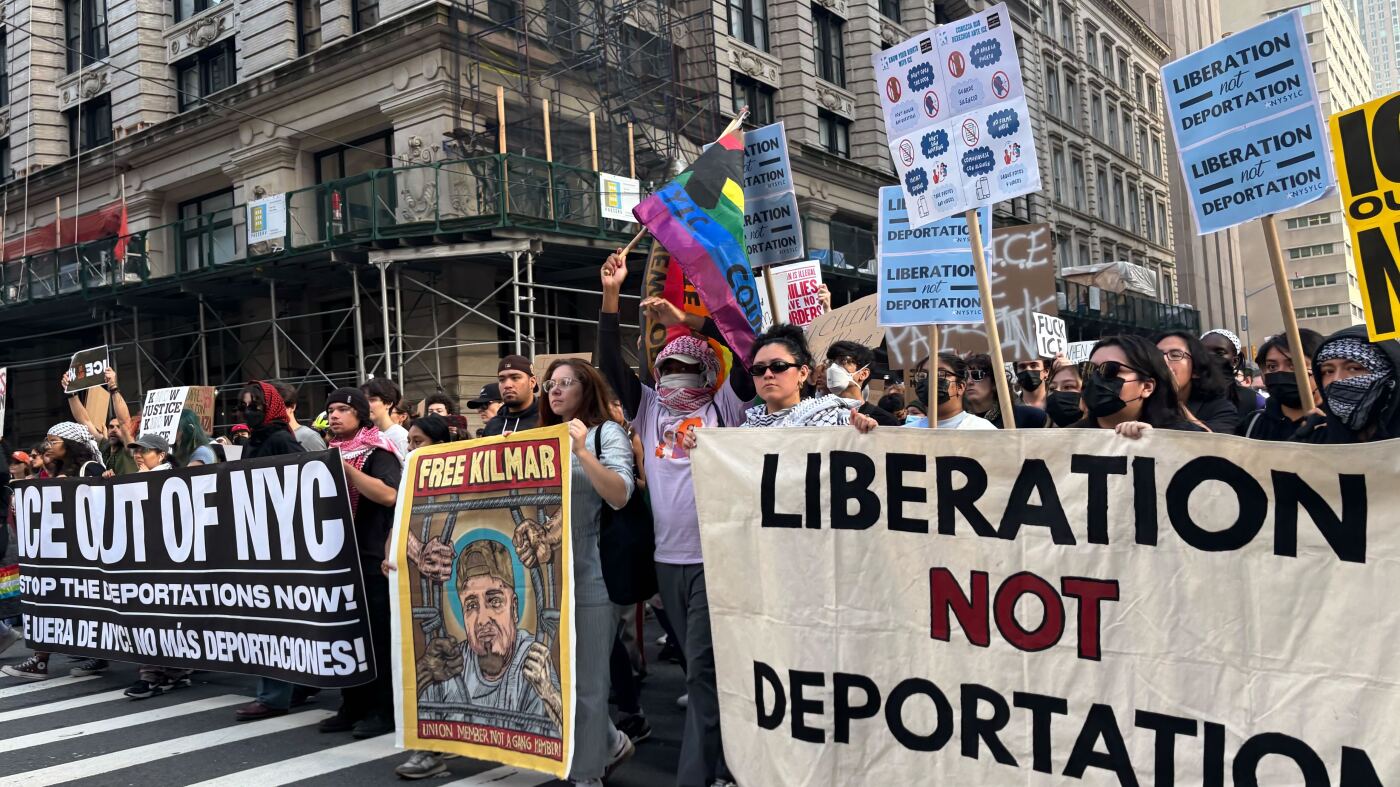The Unfolding Struggle: Protests Against Mass Deportation Policies in the United States
Understanding the Geographic and Social Scope of the Protests
In recent months, a wave of protests has swept across major urban centers in the United States, including New York City, Chicago, Seattle, and Los Angeles. This upsurge of public dissent is rooted in opposition to President Donald Trump’s aggressive mass deportation policies. These cities, characterized by sizable immigrant populations, have become epicenters of resistance, illustrating how deeply these policies affect diverse communities. The scale of the demonstrations has moved far beyond isolated incidents, representing a coordinated national movement. What is particularly noteworthy is the extent to which these protests have embraced a wide range of participants—from immigrant families directly impacted by immigration raids to students, labor groups, and civil rights activists—revealing the multi-dimensional nature of the opposition.
The demonstrations often transcend peaceful assemblies, occasionally escalating into confrontations, especially in neighborhoods where immigrant families reside. The involvement of heavily armed, masked immigration agents in workplace raids, such as those conducted at Ambiance Apparel and Home Depot, has exacerbated tensions. These enforcement tactics, perceived by many as intimidating and excessive, have fueled public outrage and intensified calls for reform or cessation of such operations.
Government Strategies and Political Fallout
The administration’s strategy has been marked by rigorous enforcement, with agencies like Immigration and Customs Enforcement (ICE) operating under increased pressure to meet elevated arrest quotas. These efforts stem from foundational campaign promises to fortify national security and uphold immigration laws through stringent measures. However, this approach has sparked significant controversy and resistance. The deployment of National Guard troops in response to the protests, notably in Los Angeles, has stirred debate over the militarization of civil responses and the protection of civil liberties.
President Trump’s incendiary rhetoric, referring to the protests as an “invasion” and labeling dissent as “third-world lawlessness,” has further polarized public discourse. Such language has deepened divides, energizing opposition movements and solidifying the resolve of activists to challenge what they perceive as governmental overreach and infringement on constitutional rights.
Economic and Social Repercussions of Mass Deportations
The ramifications of these deportation policies extend beyond the immediate legal and political confrontations. Economists and social analysts warn of significant negative impacts on local economies, particularly in cities heavily reliant on immigrant labor pools. The disruption caused by widespread arrests and deportations threatens to destabilize businesses, erode public trust, and create a pervasive climate of fear among workers and their families. This phenomenon risks a chilling effect that could depress economic productivity and community cohesion.
Legislatively, the administration’s attempts to curtail birthright citizenship and enact measures like the Laken Riley Act further stoke anxieties about civil rights erosion. The declaration of a “national emergency” at the southern border underscores the administration’s uncompromising stance but also opens debates about constitutional limits and the nation’s humanitarian responsibilities. These moves highlight the tension between policy enforcement and the preservation of fundamental civil liberties.
The Power of Organized Resistance and Collective Action
The protest movement is a testament to the growing sophistication and reach of organized resistance in the face of stringent immigration policies. Utilizing social media platforms and coordinated hashtags such as #buildtheresistance and #50501, activists have successfully mobilized widespread networks. These tools enable rapid information sharing and event coordination, amplifying the movement’s visibility and influence.
Crucially, the protests embody intersectionality, tying immigration issues to broader themes of workers’ rights, freedom of expression, and social justice. This coalition-building across diverse social groups—from immigrant families to youth and labor organizations—demonstrates a unified front that challenges the deportation policies on multiple levels. This solidarity amplifies the effectiveness and visibility of resistance efforts.
A Reflective Conclusion: The Protests as a Defining Moment
The current protests against mass deportation policies transcend political dissent; they represent a fundamental contestation over America’s identity and values. At stake are not just immigration policies but the principles of inclusivity, fairness, and human dignity that underpin the nation’s ethos. As the administration intensifies its enforcement, the resilience of these mobilized communities signals a potent counter-narrative grounded in resistance and the defense of civil rights.
This dynamic interplay between enforcement and activism reveals deep fissures in how immigration is addressed in the United States, raising pivotal questions for future policy directions. The ongoing discourse and actions will shape whether the nation can harmonize security concerns with compassion and justice. The enduring impact of these protests will likely resonate far beyond immediate policy cycles, influencing the trajectory of immigration debates and the broader political landscape for years to come.











